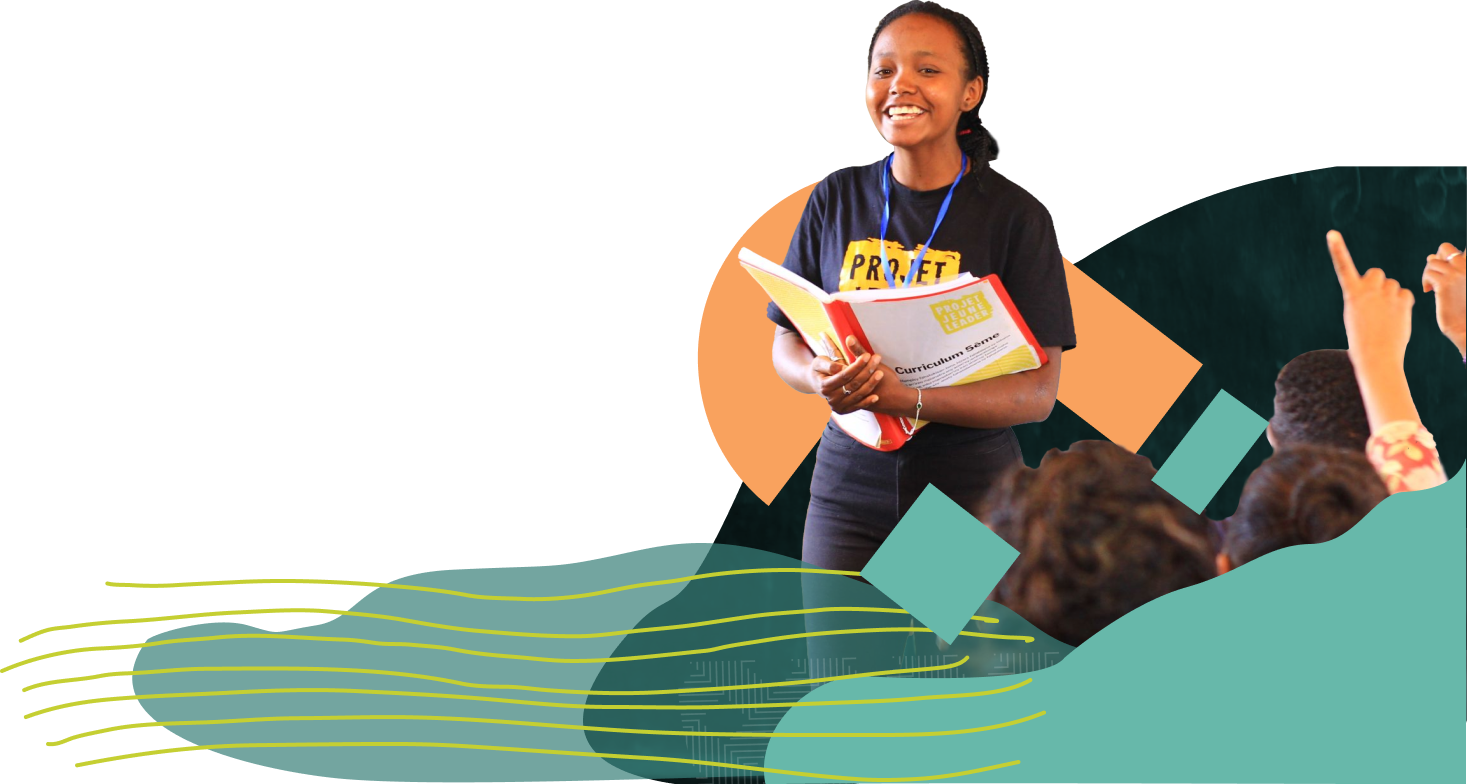Your Gender, Your City

Though women make up 55 percent of the world’s population, most urban infrastructure and urban spaces ignore or are hostile to their specific needs, hindering the economic and social contributions women can make to their societies.
This pattern of unfriendly infrastructure is true of most urban areas, but especially critical in the developing world. Unfriendly public transport, lack of sidewalks and lighting on streets, and unsafe streets and public spaces all pose problems for women. The very building blocks of cities often hinder the daily lives of female residents, making freedom of movement difficult and placing economic opportunities out of reach.
Education and economic empowerment of many girls and women in the developing world are still stunted by the lack of a most basic resource: toilets. This absence of public restrooms presents a formidable barrier to women’s ability to venture far from home. Still more hurdles must be overcome by older people or those caring for children. Picture a young mother struggling to maneuver a stroller down a long flight of subway stairs, or a pregnant or older person looking in vain for a bench to stop and rest, or a girl looking for a traffic light that would enable her to cross the street in safety.
The reason women in developing countries often hesitate to venture into the city is not merely to avoid inconvenience, but due to the real threat of violence or harassment. In the WomenStrong International project in the Manyatta settlement of Kisumu , Kenya’s third largest city, school starts so early that girls have to walk there while it is still dark and are frequently assaulted en route. The lack of public transportation in Manyatta means that many girls take ‘boda boda’ motorcycle rides to school, but the one-on-one, unregulated nature of these cab services means that they are at high risk of attack.
In a 2013 BMW Guggenheim study conducted in Mumbai, 87 percent of the women surveyed said that they do not go to public spaces because they feel unsafe there. It is understandably difficult to convince parents in parts of India to let their daughters shoot for the stars when it comes to pursuing education and professional development in circumstances that make it dangerous for daughters even to walk down the street. Parents often discourage college-educated women from taking jobs due entirely to the safety hazards they face. Such problems also exist in the United States. WomenStrong has worked with communities in Anacostia, in southeast Washington, DC, where women and girls are also unsafe on the streets. Sexual assault and harassment in public spaces is a truly global issue.
The late great urbanist Jane Jacobs emphasized how “eyes on the street” keep public areas safe. However, most shiny new developments popular with real estate developers are hot spots for sexual harassment. As in Gurgaon, in Delhi, India, the “tower in the park” site plan, with structures built as tall as possible, minimizes pedestrian street traffic and encourages car usage. In a city where car ownership is only 10 percent, the area is modeled with car-centric design, and women without cars are easily attacked when walking on six-lane streets without the safety that “eyes on the street” might have provided, as they move between work and the public transportation that gets them there.
The fact is that being pregnant, traveling with children, or just being a woman makes it difficult to navigate city life, and this has been “normalized,” but it shouldn’t be. There is nothing inevitable about this state of affairs, as there are commonsense solutions to all these problems.
Streetlights have been shown to dramatically reduce the incidence of sexual violence, and increased investment in safe public transportation would go a long way in helping women and girls feel safe traveling to work and school. Cities can and should be empowering places where infrastructure and public spaces enable women to access their cities on a par with men.
For this to happen, more women need to be actively engaged in the process of urban design, policy, and development. It is worth remembering that better kitchen designs emerged only after women such the Austrian designer Margarete Schütte-Lihotsky started designing homes in the 1920s. Similarly, cities can hire more women urban designers and planners and crowdsource input from women residents on where they feel safe and unsafe in their communities and why. With this new level of participation from marginalized populations, we can expect that the number of streetlights will increase dramatically and that the number of mega-buildings with blank walls and enormous parking lots will be reduced.
According to Nobel laureate Amartya Sen, the success of a society is to be evaluated primarily by the freedoms that members of the society enjoy. By this definition, most societies in the developing and Arab world fail the test by not providing sufficient freedom of access and movement for women. We need our infrastructure to empower each city resident, regardless of class, physical ability, age, or gender.

